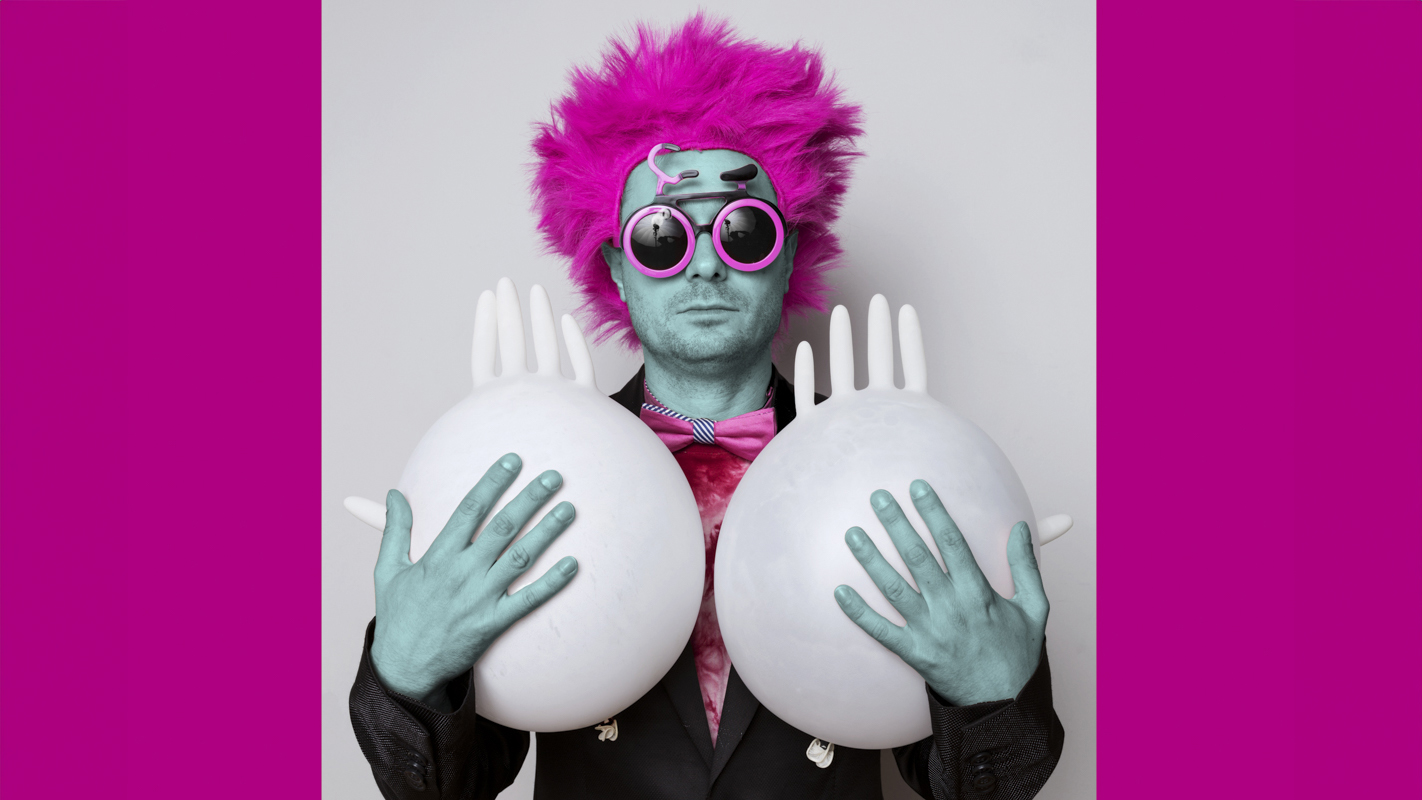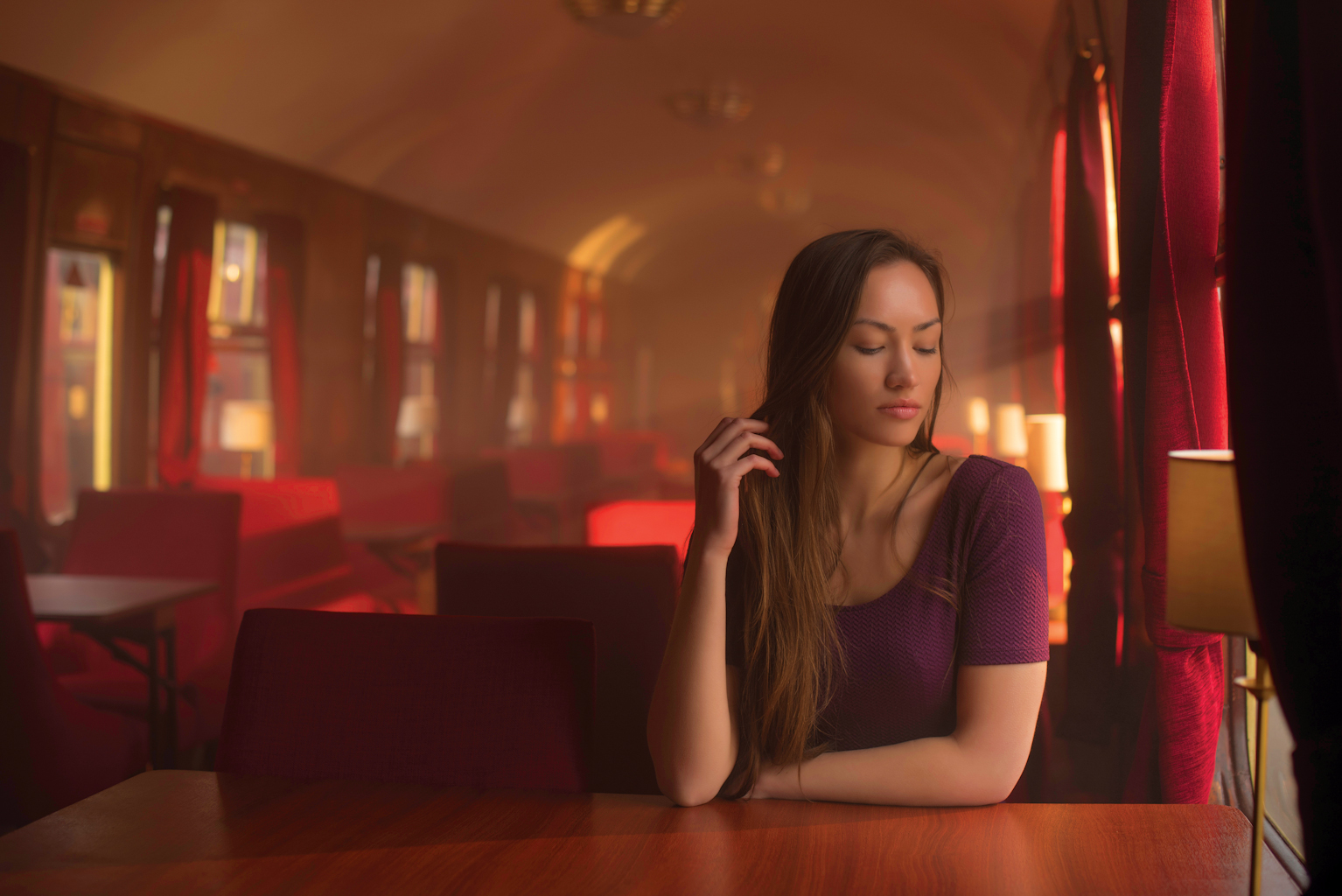
The first thing we generally want to learn about in photography is how to use the camera and lens. But after this, it’s important to start growing artistically. So step away from the tedium of tech specs and instead learn about how to compose your images properly.
Improve photos using classic compositional techniques
Time: One day
Skill level: Beginner
Kit needed Any DSLR
A well-composed shot will make it easy for the viewer to identify a subject, it will retain their attention and might even tell them a story. So where do we start, what do we include and how can we use a few simple techniques to form the initial structure of an image? Follow these steps to anchor your shots before you experiment further.
1. Leading lines
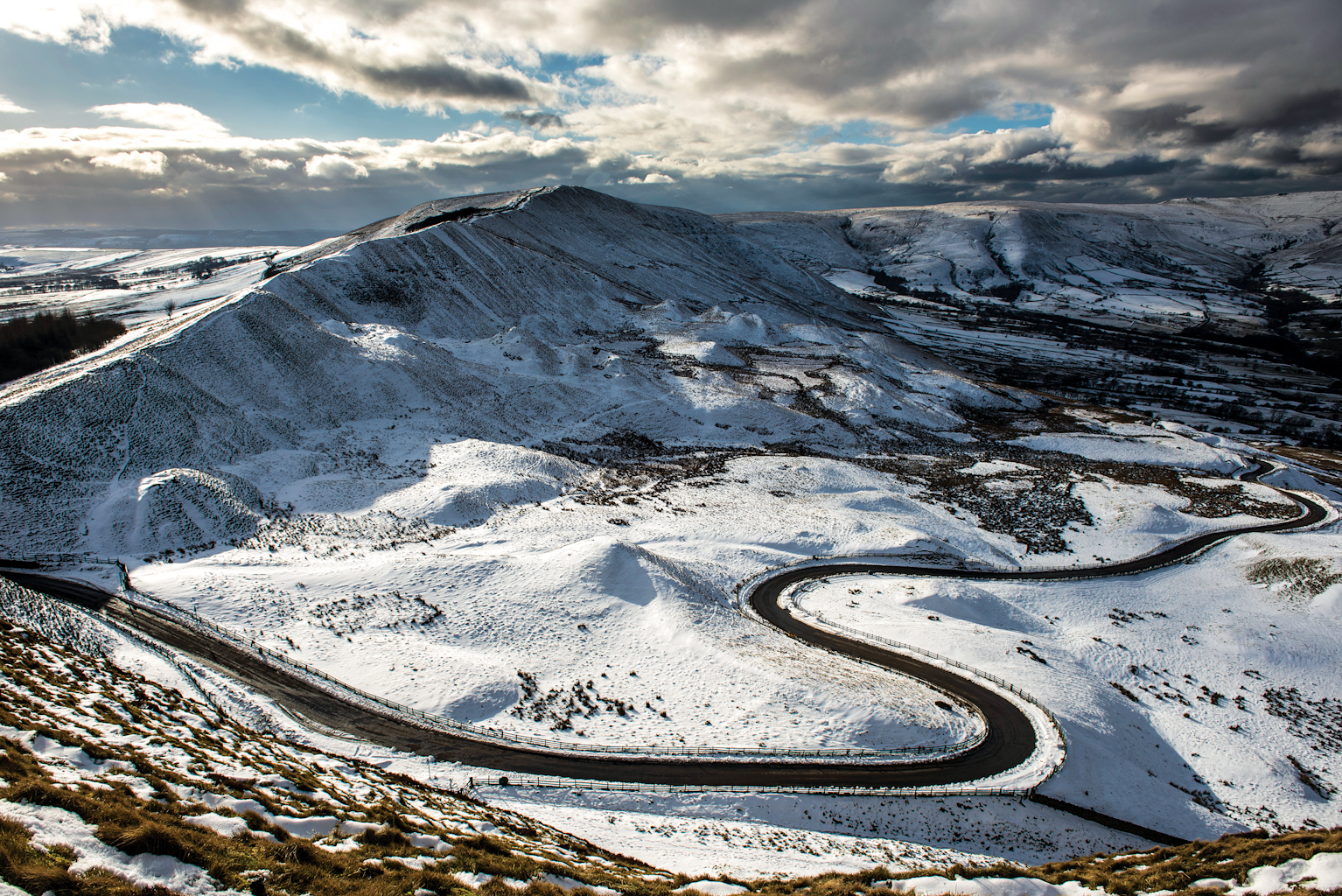
Look for lines that can lead the viewers eye through your image. You want viewers to spend as much time as possible looking at your photo. Here the road winds in an S-shape through the centre of the frame, guiding the viewer’s eyes along a path to help retain their attention.
2. Rule of thirds

Perfect central composition is fine, and great for square crops. However, if you split your image into three, both vertically and horizontally, and place points of interest along those lines or at intersecting points, this off-centre composition usually looks more pleasing and balanced.
3. Portrait looking in
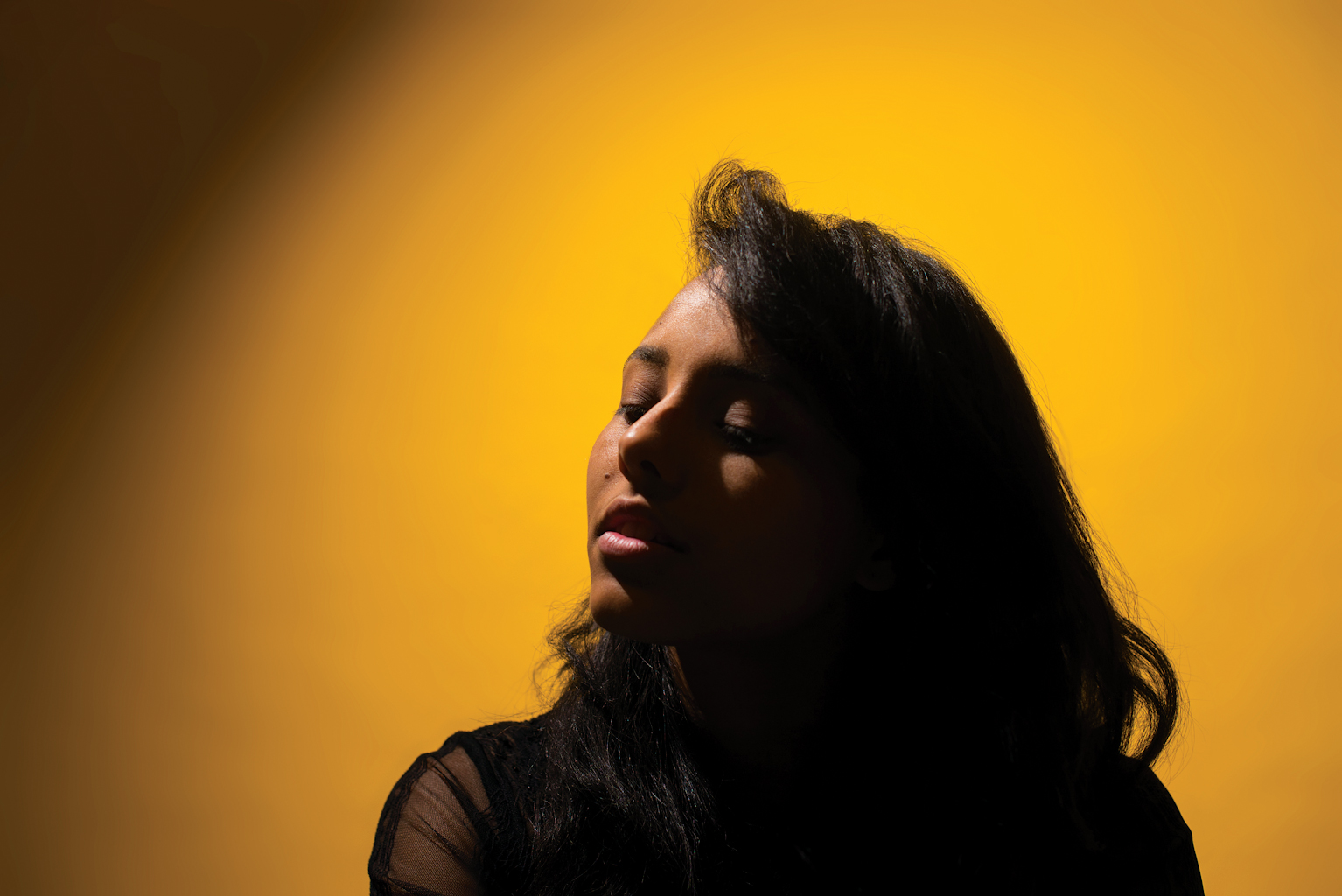
An old cinematography trick is leaving space in the frame in the direction a subject is looking. Here our model looks camera-left, so we leave space on that side. It feels more natural because we instinctively look where we’re going and leaving space mimics this pattern of behaviour.
4. Portrait looking out

Having a subject look out of frame can work well, too. Here, a vintage train carriage provides an interesting backdrop, so the backdrop and subject are both equally important in the shot. It also invites the viewer to question what the subject is looking at.
5. Macro crop

Don’t be afraid to fill the frame with your subject. In macro photography the depth of field is so shallow, the background is indecipherable. So by filling the frame with the background, it makes us feel part of the scene. Get close by cropping off unnecessary bits.
6. Options
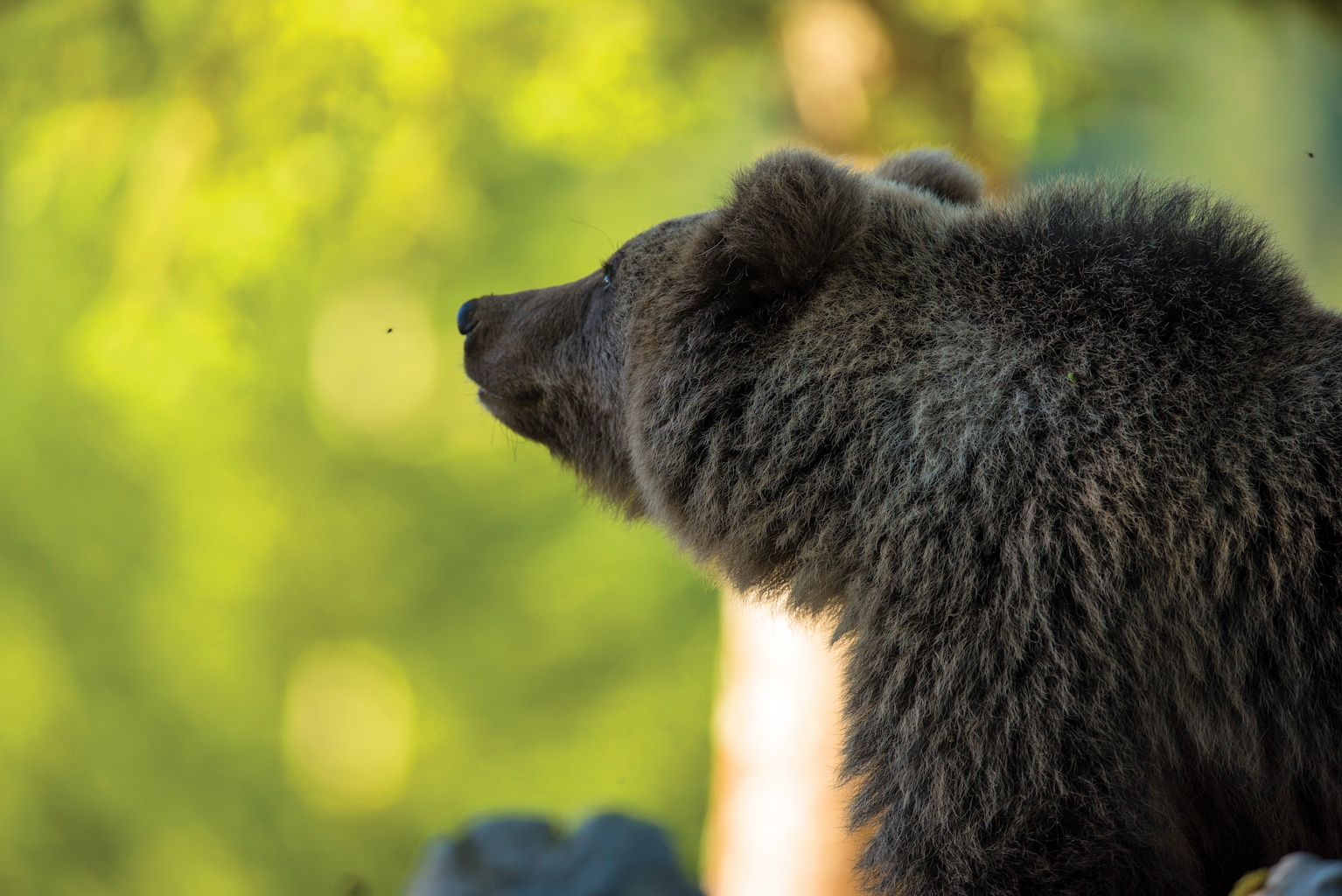
Don’t be satisfied with just one composition when you’re shooting. Quickly move between vertical, horizontal and even angular orientations. We don’t have to shoot ‘portrait’ orientation for portraits, for example. Once you have a shot lined up, experiment with it.
The golden ratio
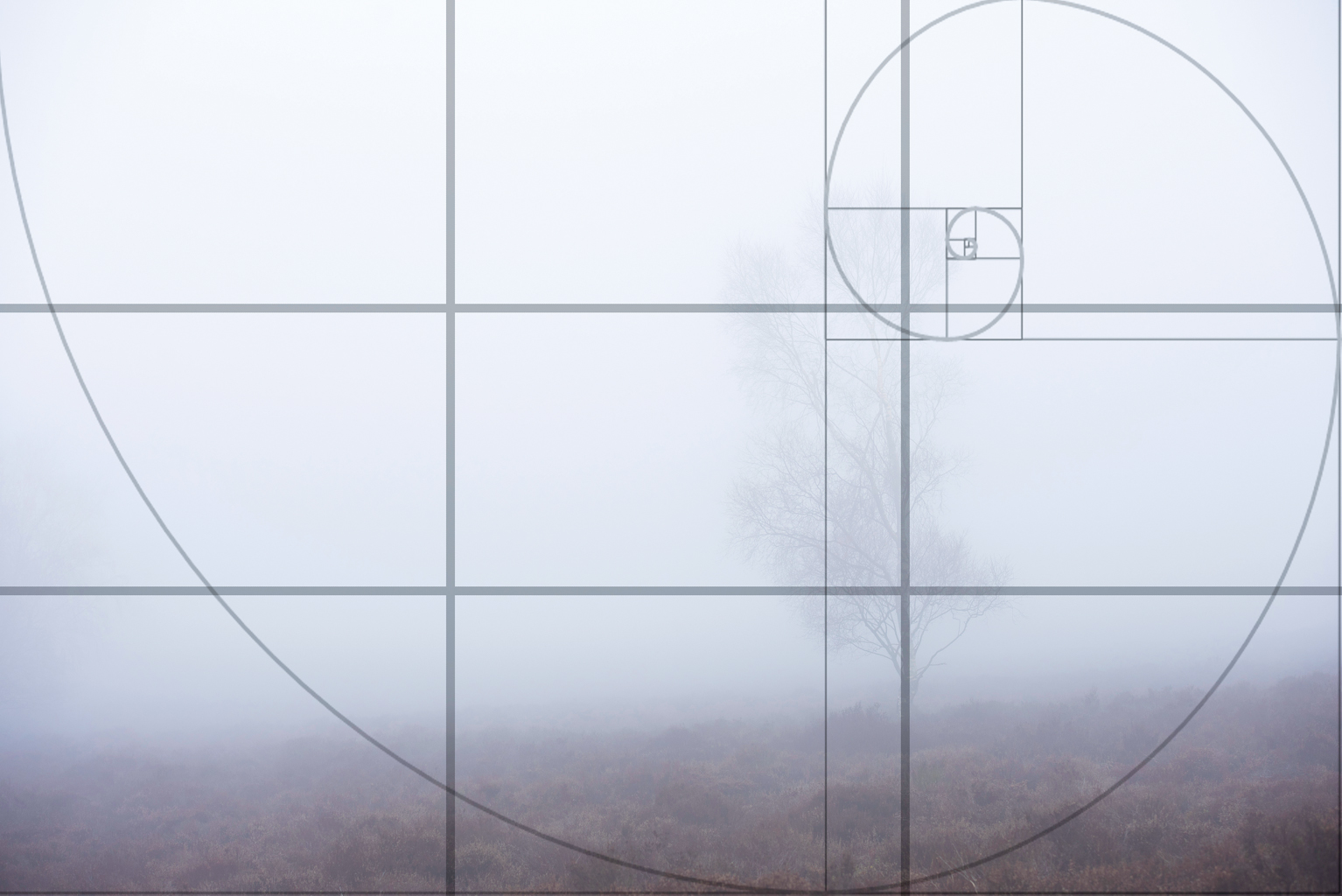
Read more: How to improve your landscape composition
Get the Digital Camera World Newsletter
The best camera deals, reviews, product advice, and unmissable photography news, direct to your inbox!
N-Photo: The Nikon Magazine is a monthly publication that's entirely dedicated to Nikon users. As a 100% independent magazine, you can be assured of unbiased opinion from a trustworthy team of devoted photography experts including editor Adam Waring and Deputy Editor Mike Harris.
Aimed at all users, from camera newcomers to working pros, every issue is packed with practical, Nikon-specific advice for taking better photos, in-depth reviews of Nikon-compatible gear, and inspiring projects and exciting video lessons for mastering camera, lens and Photoshop techniques.
Written by Nikon users for Nikon users, N-Photo is your one-stop shop for everything to do with cameras, lenses, tripods, bags, tips, tricks and techniques to get the most out of your photography.

